In today's fast-paced world, staying hydrated seems like a no-brainer. We've all heard the age-old advice: drink eight glasses of water a day, and you're good to go. But what if I told you that hydration is far more nuanced than that? Our bodies are intricate machines, composed of about 60% water on average, and every cell, tissue, and organ relies on adequate fluid levels to function optimally. From regulating body temperature and aiding digestion to supporting cognitive function and physical performance, water is the unsung hero of our daily lives.
Yet, despite its importance, many of us are unknowingly sabotaging our hydration efforts. Dehydration can creep up subtly, manifesting as fatigue, headaches, dry skin, or even impaired concentration. On the flip side, improper hydration practices can lead to overhydration issues, disrupting electrolyte balance, and causing more harm than good. According to health experts, common misconceptions and habits are at the root of these problems.
Let’s discuss the four biggest hydration mistakes you might be making, drawing on insights from wellness resources to help you course-correct. By understanding these pitfalls and implementing simple fixes, you can elevate your hydration game, boost your energy, and enhance your overall well-being.
Hydration Needs Differ
Let's start by acknowledging that hydration needs aren't one-size-fits-all. Factors like age, activity level, climate, and health conditions play a significant role. For instance, athletes or those living in hot environments may require more fluids, while older adults might not feel thirst as acutely. The goal isn't just to drink water—it's to hydrate smartly. So, buckle up as we explore these mistakes and arm you with practical tips to stay refreshed and revitalized.
Mistake 1: Not Drinking Enough Water Throughout the Day
One of the most prevalent hydration blunders is simply not consuming enough water consistently. Many people go about their day sipping sporadically, only reaching for a glass when they remember or when thirst strikes. But here's the kicker: by the time you feel parched, your body is already signaling mild dehydration. Our bodies lose water continuously through processes like breathing, sweating, and urination, even when we're not exerting ourselves. Ignoring this steady loss can lead to a cascade of issues, from diminished energy levels to poorer cognitive performance and reduced physical endurance.
Consider this: the average adult needs around half their body weight in ounces of water daily—for a 150-pound person, that's about 75 ounces. This guideline accounts for baseline needs, but it can vary. If you're active, pregnant, or dealing with illness, you might need more. Unfortunately, busy lifestyles often push hydration to the back burner.
Office workers glued to screens or parents juggling multiple tasks might forget to drink, leading to chronic low-level dehydration that saps productivity and mood.
The consequences aren't trivial. Studies show that even 1-2% dehydration can impair focus and short-term memory, making tasks feel more arduous. Physically, it can cause muscle cramps, dizziness, and slower recovery after workouts. To avoid this mistake, make hydration habitual. Carry a reusable water bottle as a visual cue—opt for one with measurement markings to track intake. Set phone reminders every hour to take a few sips, or link drinking to daily routines like after meals or during breaks.
Incorporate hydrating foods into your diet, too, such as cucumbers, watermelon, and oranges, which contribute to your fluid intake. Monitor your urine color: aim for pale yellow, not dark amber. By spreading your water consumption evenly throughout the day, you'll maintain steady hydration, feel more alert, and support your body's natural processes. Remember, prevention is key—don't wait for symptoms to remind you.
Mistake 2: Relying Solely on Thirst as a Hydration Cue
Thirst seems like a foolproof signal, right? Your body tells you it's time to drink, and you respond. But relying exclusively on thirst is a sneaky mistake that catches many off guard. Thirst isn't always a timely or accurate indicator, particularly for certain groups. For older adults, the sensation of thirst can diminish with age, leading to unintentional dehydration. During intense exercise or in hot weather, you might become dehydrated before thirst fully kicks in, as the body's response lags behind the actual need.
This delay can be problematic. Dehydration affects brain function, causing foggy thinking, irritability, and headaches. Athletes, in particular, risk performance dips—studies indicate that dehydration equivalent to 2% body weight loss can reduce endurance by up to 30%. Even everyday activities suffer; a dehydrated state might make that afternoon slump feel insurmountable.
Why does this happen? The body's thirst mechanism is triggered by changes in blood volume and sodium levels, but it's not instantaneous. Environmental factors like dry air or high altitudes can exacerbate fluid loss without immediate thirst signals. To sidestep this pitfall, proactively hydrate. Use apps or alarms to prompt regular sips, especially during workouts or busy periods. Check urine color frequently—dark yellow is a red flag for inadequate intake.
Flavor your water with natural infusions like lemon or mint to make it more appealing, encouraging consistent consumption. Pay attention to other subtle signs of dehydration, such as dry mouth, fatigue, or reduced skin elasticity. For those in high-risk categories, like seniors or endurance trainers, consulting a doctor for personalized hydration strategies is wise. By shifting from reactive to proactive drinking, you'll keep your body in peak condition, avoiding the pitfalls of an unreliable thirst cue.
Mistake 3: Overhydrating Without Balancing Electrolytes
In our zeal to stay hydrated, some swing too far the other way: guzzling excessive water without considering electrolyte balance. This mistake can dilute essential minerals like sodium, potassium, and magnesium in your bloodstream, potentially leading to hyponatremia—a serious condition where low sodium levels cause symptoms like nausea, confusion, seizures, or even coma in extreme cases. Athletes and those engaging in prolonged sweaty activities are especially vulnerable, as sweat depletes electrolytes alongside water.
Water alone isn't enough for optimal hydration; electrolytes act as conductors, helping fluids enter cells and maintain proper nerve and muscle function. Without them, you might feel bloated or experience muscle weakness despite drinking plenty. This imbalance is common among marathon runners or hot yoga enthusiasts who focus solely on H2O replenishment.
To correct this, integrate electrolyte sources into your routine. Consume foods rich in these minerals, such as bananas for potassium, avocados for magnesium, and nuts for sodium. For intense sessions, opt for electrolyte-enhanced drinks or packets such as the Xendurance Hydro electrolyte drink. Monitor your intake—aim not to exceed your body's needs, which could be 3-4 liters daily for most, adjusted for activity.
Listen to your body: if you notice swelling in hands or feet, or frequent clear urination, you might be overdoing it. Balance is key; pair water with meals containing natural salts, and during exercise, alternate plain water with electrolyte solutions and electrolyte supplements. This approach ensures efficient hydration, preventing the dangers of dilution while supporting energy and recovery.
Mistake 4: Ignoring Hydration Needs During Different Life Stages or Activities
Hydration isn't static—your needs fluctuate with life changes, yet many overlook this, sticking to a rigid routine. Pregnancy, for example, increases fluid requirements to support amniotic fluid and blood volume expansion. Breastfeeding moms need even more to produce milk. Illnesses like fever or diarrhea accelerate water loss, while high-altitude travel or hot climates demand extra intake due to increased respiration and sweating.
Failing to adapt can exacerbate conditions; dehydrated pregnant women risk urinary tract infections or preterm labor, while athletes at altitude might suffer from headaches and fatigue. Aging also alters needs—seniors may need reminders as thirst diminishes.
Tailor your hydration by assessing daily variables. During pregnancy or illness, add 10-20% more water and consult a healthcare provider for guidance. For activities, pre-hydrate before hikes or flights, and sip frequently. Use tools like hydration trackers to log intake against factors like weather or exertion.
Incorporate variety: herbal teas count toward fluids, and soups or fruits provide hydration with nutrients. By staying attuned to your body's changing demands, you'll prevent mishaps and thrive in any scenario.
Conclusion: Hydrate Wisely for a Healthier You
Avoiding these four hydration mistakes—not drinking enough consistently, over-relying on thirst, neglecting electrolytes, and ignoring variable needs—can transform your health. Proper hydration boosts everything from mood to metabolism, making it a cornerstone of wellness. Start by auditing your current practices and implementing the tips shared.
Consistency pays off; small habits like carrying a bottle or monitoring urine color can yield big results. Listen to your body, adjust as life evolves, and enjoy the vitality that comes with it. Cheers to smarter sipping!


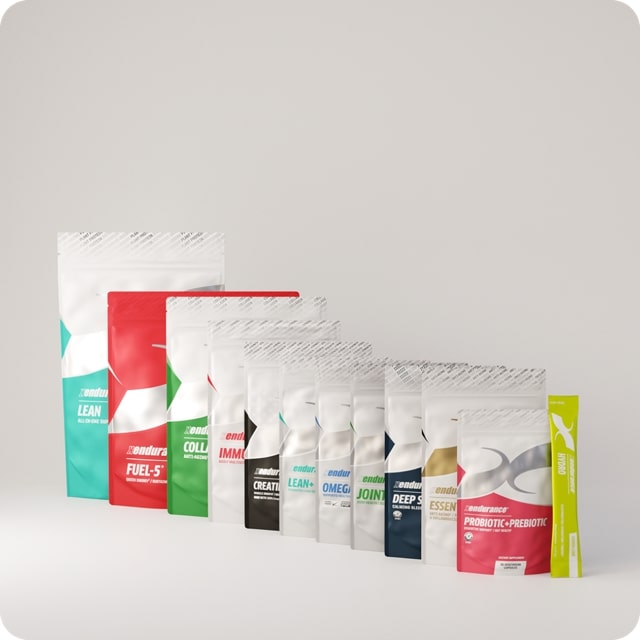
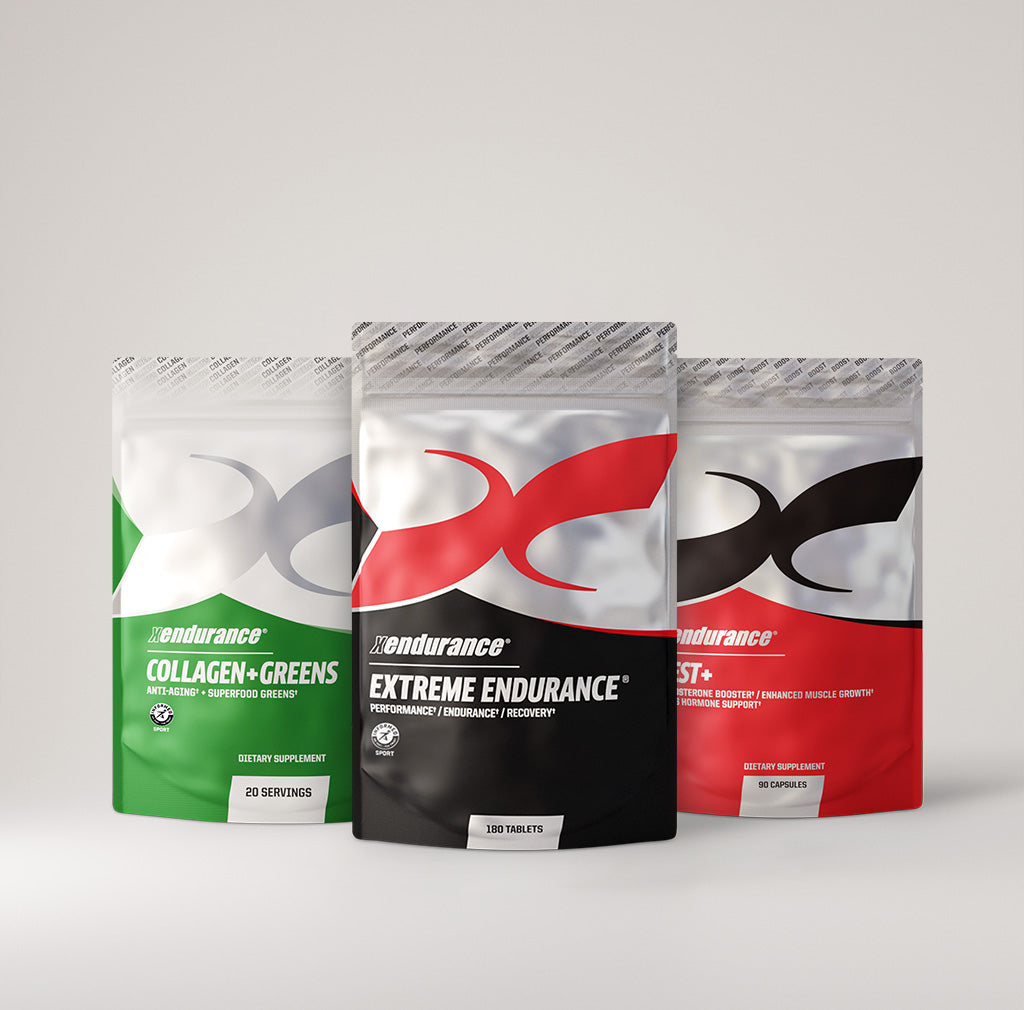
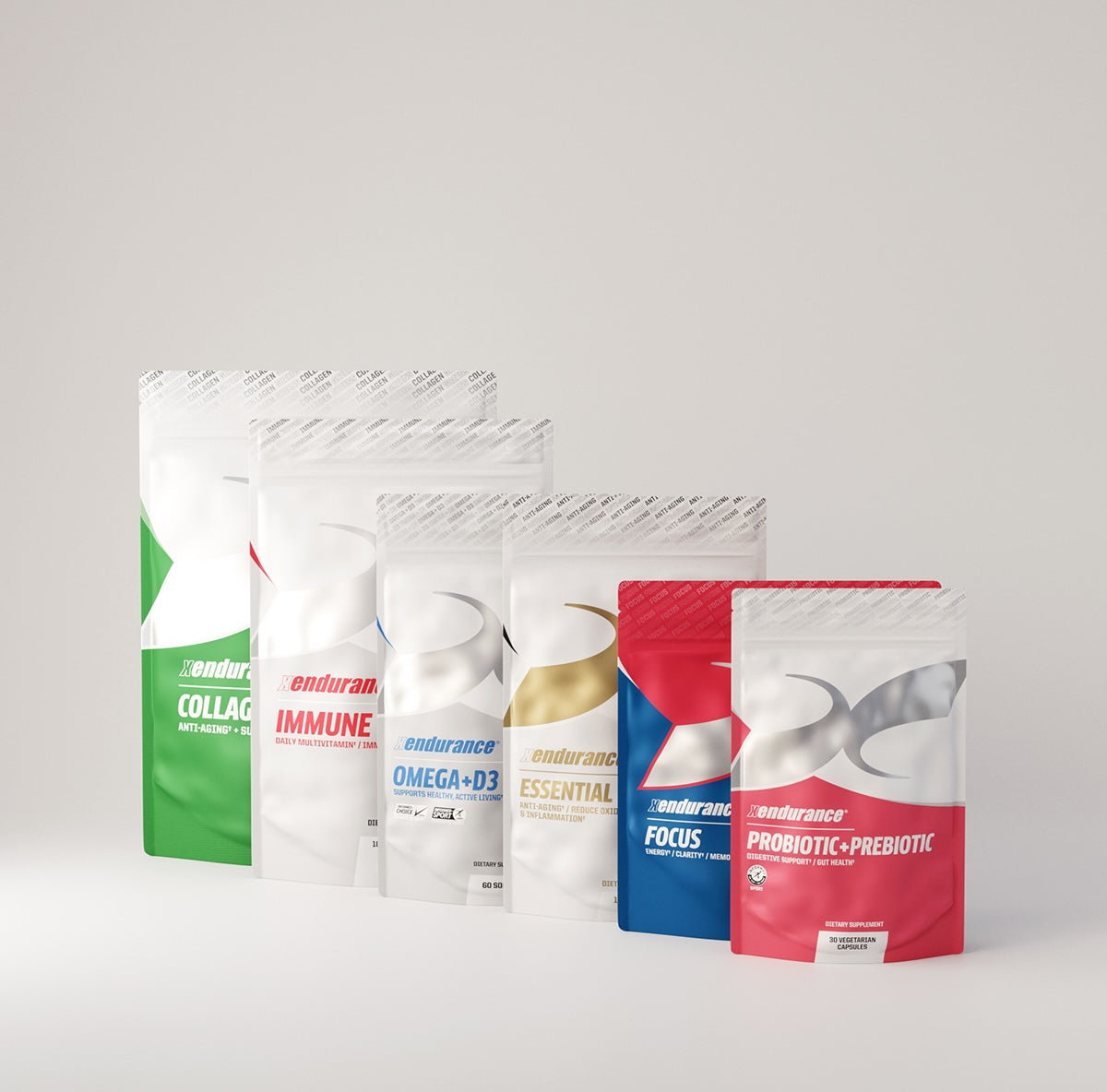
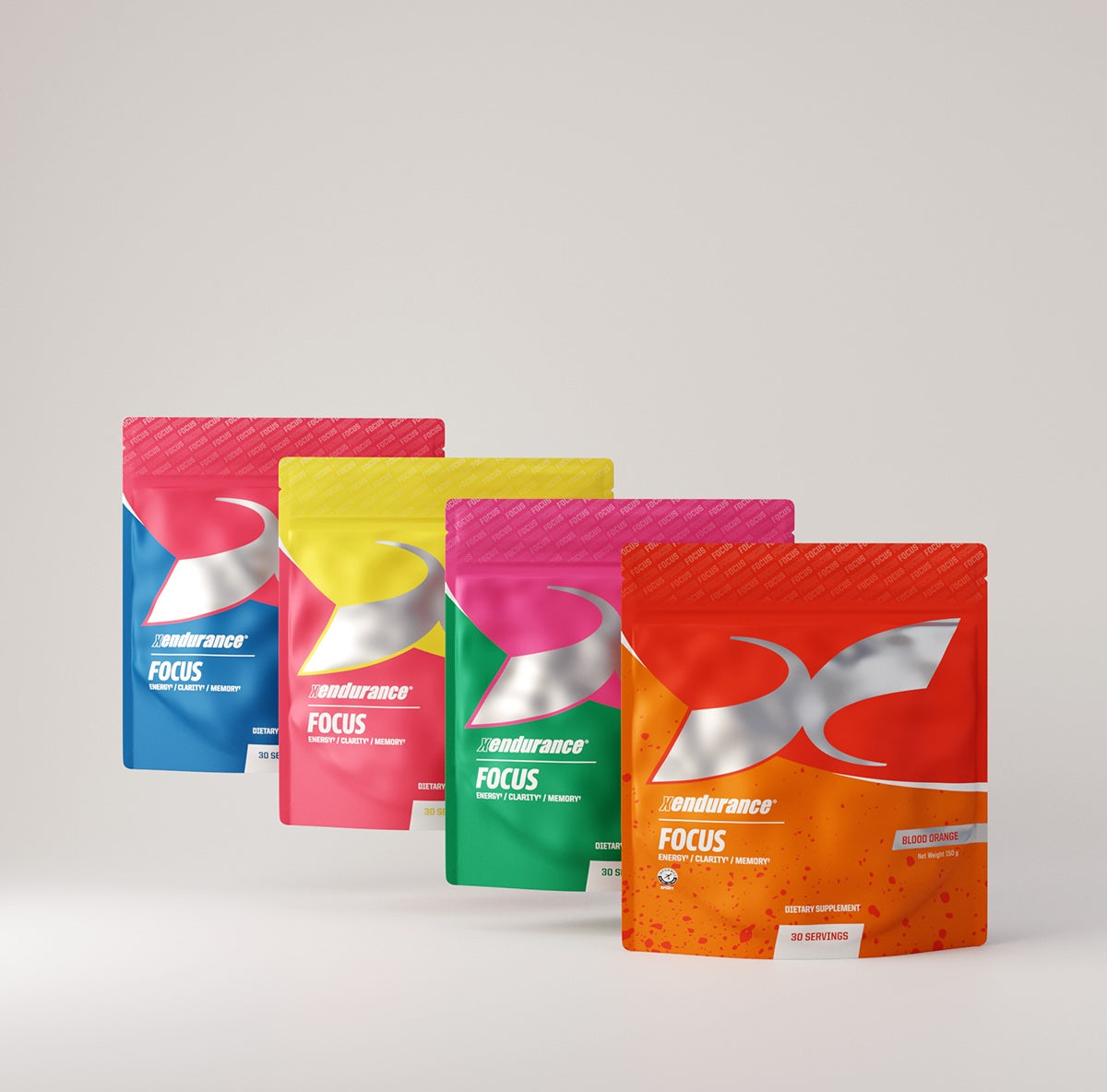
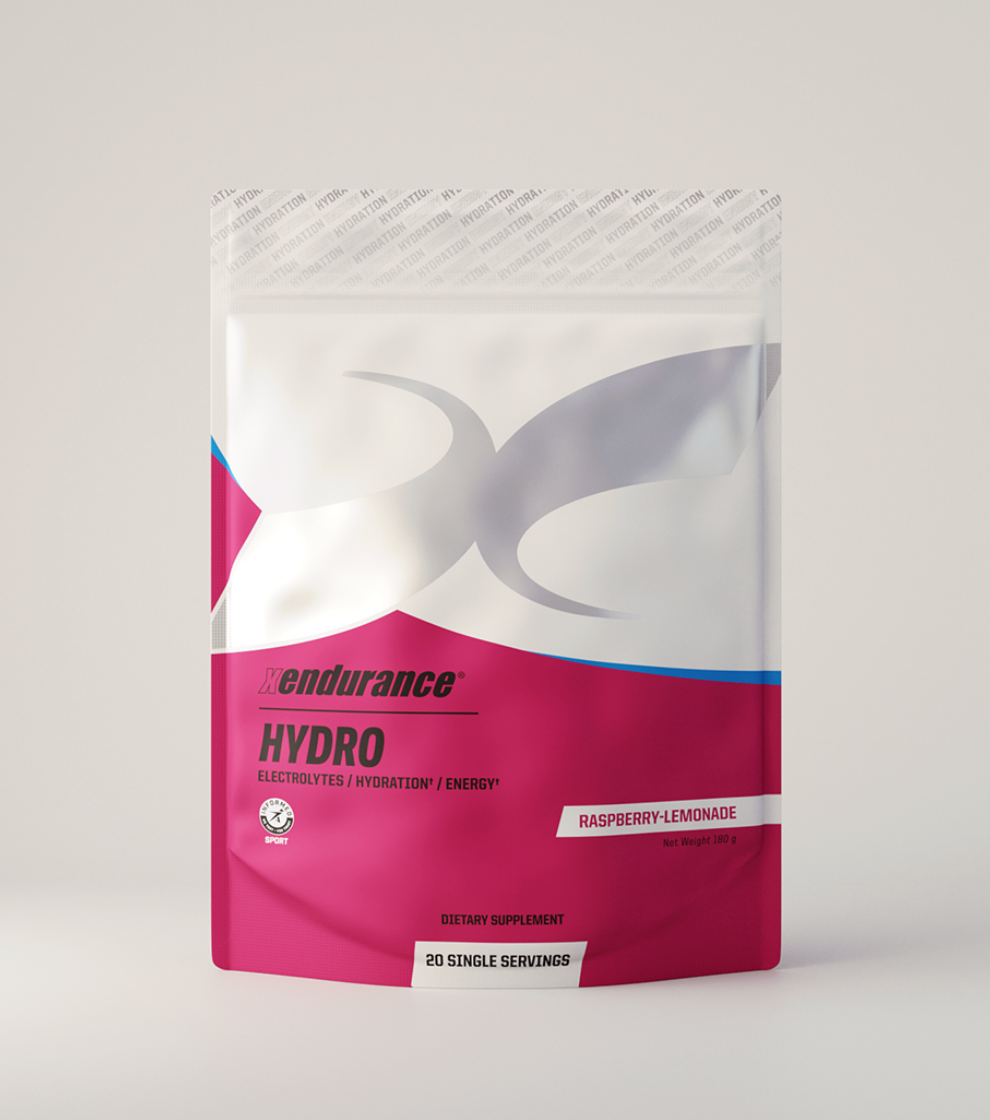
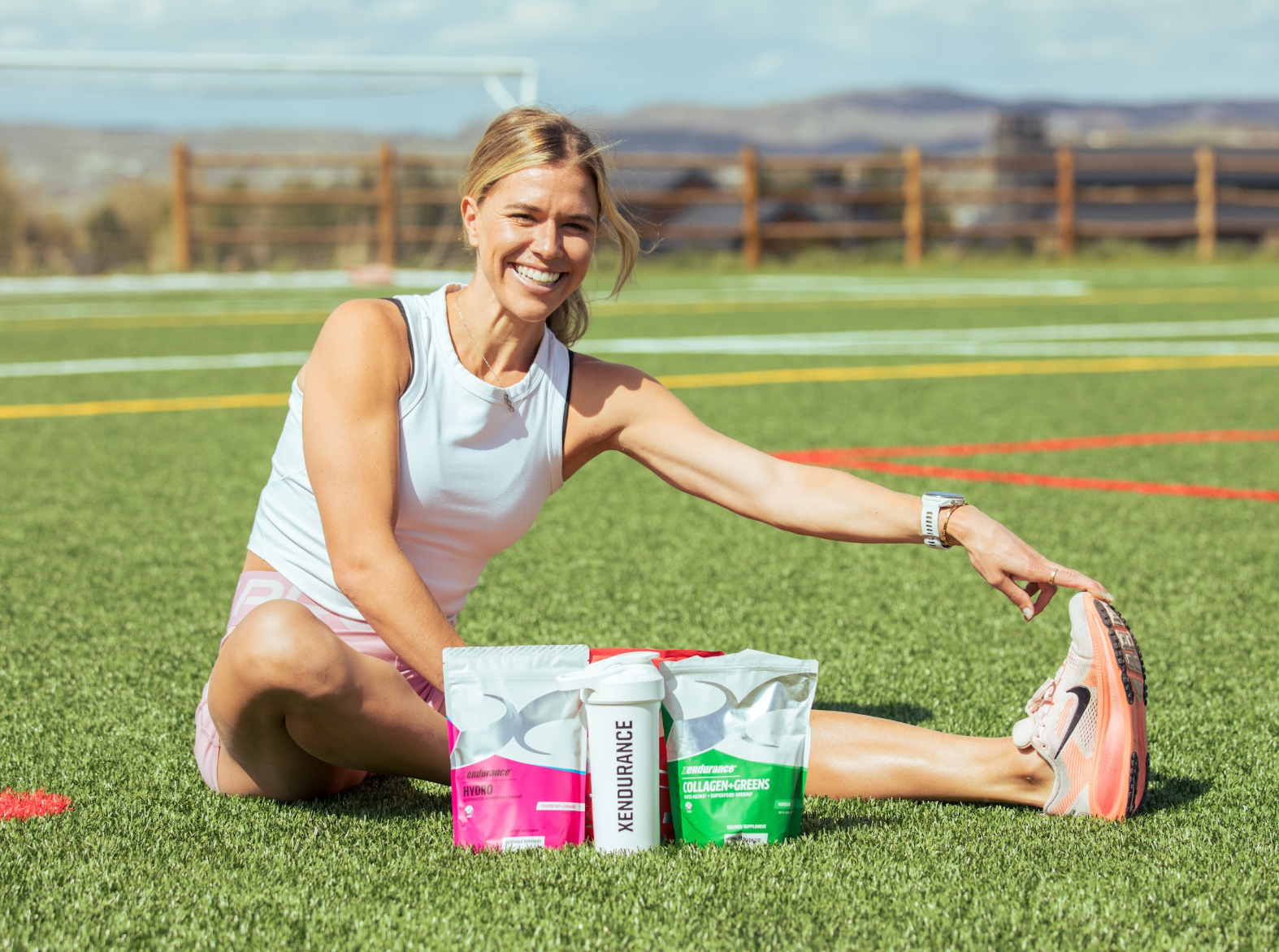

Leave a comment
This site is protected by hCaptcha and the hCaptcha Privacy Policy and Terms of Service apply.